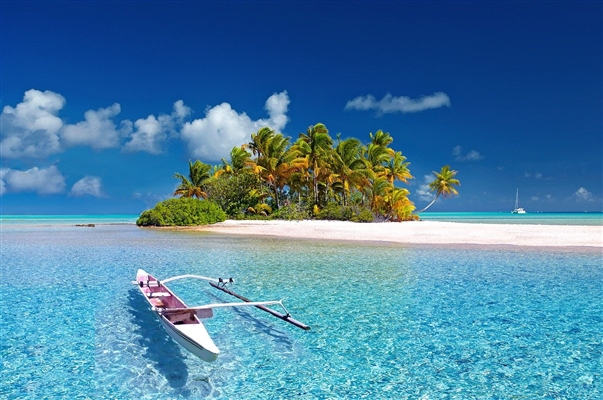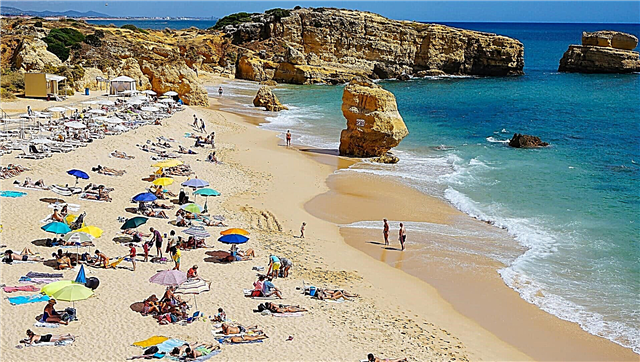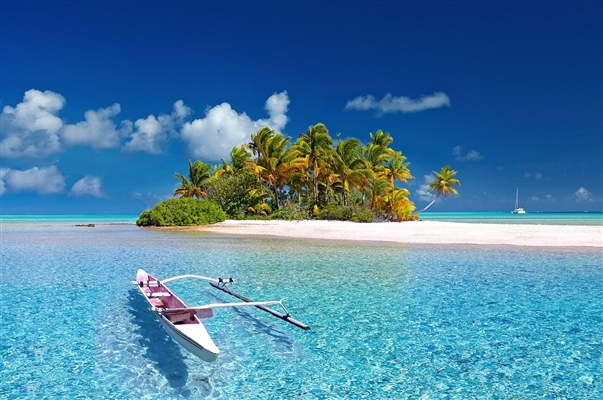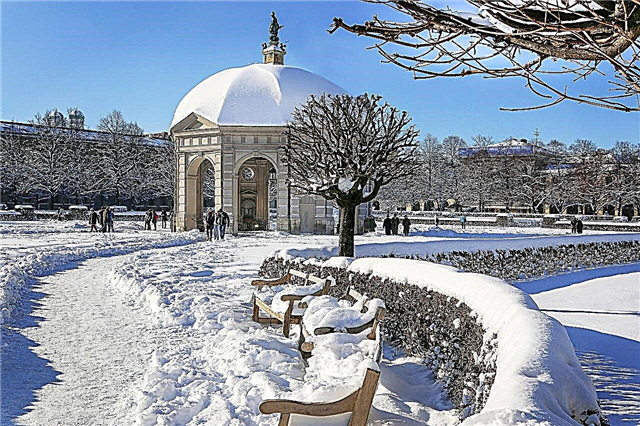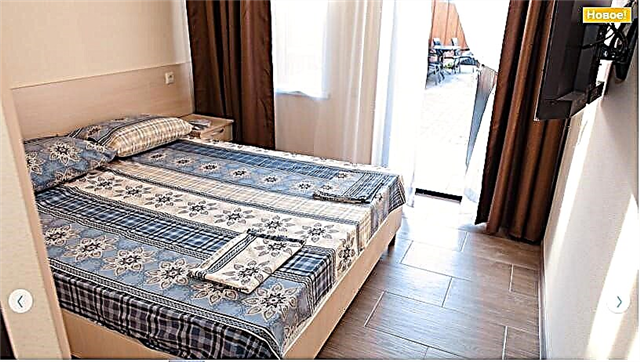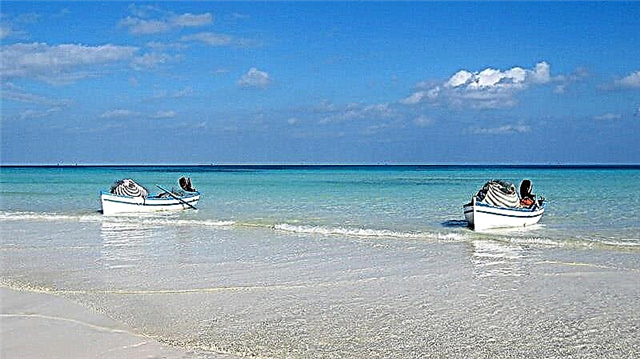Montenegro is a small country on the Balkan Peninsula. The largest of them is Podgorica, the only settlement with a population of over 100 thousand people. The rest of the cities are rather modest in size, but rich in cultural and historical heritage, formed by different peoples over the centuries.
Tourists come to Montenegro for different purposes. The best conditions for summer resort holidays on the Adriatic coast, in Bar, Budva, Ulcinj. The Bay of Kotor is especially beautiful, with the fabulous cities of Kotor, Herceg Novi, Tivat. Skiers and extreme lovers go to Kolasin and Zabljak. In each of the cities there are interesting historical monuments, especially in the second official capital - Cetinje.
The largest cities in Montenegro
List, photo with names and descriptions of the largest cities in terms of population in the country.
Podgorica
The capital and largest city of Montenegro. Almost a quarter of the total population of the country lives here. Located on the banks of the Moraca River, only 30 km from the Adriatic Sea. The Millennium Bridge over Morachu is a visiting card of the city. The old parts of the city of Stara Varosh and Drach have preserved ancient Turkish buildings. The large palace complex of the 19th century houses a gallery of modern art.
Population - 150 977 people (2011).

Niksic
The second largest city in the country, located in the very center. Niksic has a developed industry, and the most famous attraction is the local Trebjesa brewery. The main part of the city's buildings is Soviet, with small inclusions of modern forms. The most visited object by tourists is the 19th century princely palace. In the center of the city there is Sloboda Square, from which all the main streets diverge.
Population - 56 970 people (2011).

Spit
One of the most ancient Montenegrin cities with a rich history and culture. Here is one of the main religious centers of the country - the Holy Trinity Monastery of the 15th century. An interesting complex of the Hussein-Pasha Mosque of the 16th century has survived, occupying almost an entire block. The city museum has a large collection of exhibits from ancient times to the present day. Coal mining is carried out in the vicinity of Pljevlja.
Population - 19,156 people (2011).

Cetinje
The second official capital of Montenegro, which houses the residence of the President. Located at the foot of the Lovcen mountain range, it is considered the rainiest city in Europe. The ancient historical center of the city is the Cetinje Monastery. It is now the residence of the king. Preserved ancient temples and palaces. The entire panorama of the city can be seen from the observation deck on Eagle Mountain.
Population - 13 918 people (2011).

Bar
The main resort and seaport of Montenegro is located on the Adriatic coast. Known since the 16th century. One of the sunniest cities in Europe. The main attraction is the royal palace complex, which now houses a museum. All historical sites are located in the old part of the city, away from the coast. Very picturesque ruins and buildings have been preserved here. In the new city, it is worth paying attention to the main temple, the embankment.
Population - 13 503 people (2011).
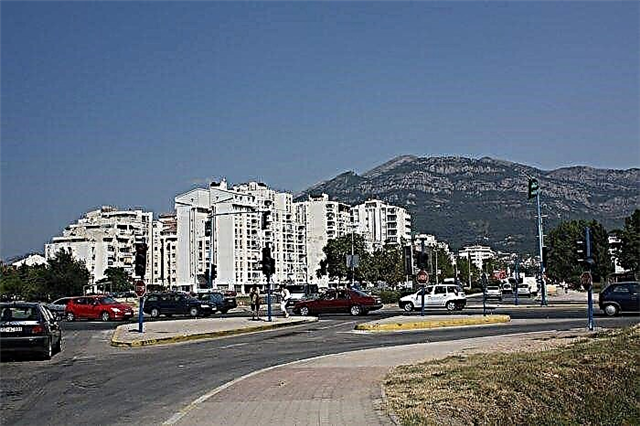
Budva
One of the most famous Montenegrin resorts, it occupies a narrow coastal area in the central part of the coast, bounded in the north by mountains. Tourists choose this place for the abundance of sandy and pebble beaches. The coastal strip turns into a promontory on which the old town is located, with narrow streets, cathedrals and a large citadel. Budva does not sleep at night, discos and nightclubs work. The city is also famous for the largest water park on the Adriatic.
Population - 13 338 people (2011).

Kotor
The city is located along the shores of the Bay of Kotor - one of the most beautiful in the world. The old part of Kotor is under the protection of UNESCO, the medieval urban ensemble behind the fortress wall is of particular interest. To explore the city, you can go on a boat tour along the bay or climb the ancient fortress of St. Ivan. Cruise ships arrive at the city's port, and Tivat International Airport is 5 km away.
Population - 13,176 people (2011).

Bijelo Pole
A small old town in the north-east of Montenegro, located in a mountain valley along which the Lim River flows. In spring, the valley is covered with daisies, turning into a real white field. The main local attraction is the Nikolskaya Church of the XIV century. Urban development is a mixture of oriental flavor and modern buildings.
Population - 12,900 people (2011).

Berane
A city in the northeastern part of Montenegro and the center of the municipality of the same name. In its vicinity there is a well-known monastery of St. George's Pillars, popularly called a martyr. The monastery was burned and rebuilt several times; now it is the center of the diocese. On the opposite bank of Lim there is the second medieval monastery of Shudikov. The city itself was built by the Turks and has retained its contrasting architecture.
Population - 11 073 people (2011).

Herceg Novi
The city on the coast of the Bay of Kotor, occupies a valley at the foot of Mount Orien. It is often called "the city of a thousand steps" for the unevenness of the relief. The mild climate, 200 days of sunshine a year, an abundance of exotic plants, and many beaches provide a calm and comfortable stay here. In the old part of the city you can see ancient temples, Savina monastery, Turkish fortress and towers. The famous health resort of Igalo is located nearby.
Population - 11 059 people (2011).

Ulcinj
A city on the seaside in the very south of the country. Known from the 5th century BC, was built by the Greeks, passed to the Romans, Venetians and Turks. Most of the city's residents are Albanians, they preach Islam. The large local black sand beach, almost 13 km long, is widely known. On a high promontory there is a well-preserved medieval Old Town, surrounded by a fortress wall.
Population - 10 707 people (2011).

Erysipelas
A town in the east of Montenegro, near the border with Kosovo. Located in a remote mountainous area, most of the inhabitants are Muslims. The streets of the city run on both sides of the fast mountain river Ibar; the remains of Turkish buildings are preserved on the right bank. There are mineral springs in the vicinity. In the summer, music festivals are held in Rozaja, and mountaineering lovers come.
Population - 9 422 people (2011).

Tivat
The city is located on the Vrmac Peninsula in the Bay of Kotor. It is a popular tourist destination, developed infrastructure, there is a seaport and an international airport. Local beaches are considered one of the best in Montenegro. The city is surrounded by a botanical garden with exotic plants. Must-see sites: the medieval castle of Bucha, the Isle of Flowers, the Merciful Wife and St. Mark.
Population - 9 376 people (2011).

Danilovgrad
A small town in the central part of the country, located halfway from Podgorica to Niksic. Surrounded by mountains and forests, built on the Zeta River in the Belopavlichi valley. Walking along the quiet streets of this town will introduce you to the provincial Montenegro. In local cafes you can taste real national dishes. The famous Ostrog monastery is located 15 km from Danilovgrad.
Population - 5,156 people (2011).

Plav
A city in the north-east of the country, located on the shores of Lake Plavsko, at the foot of the Prokletije mountain range. The largest glacial lake in Montenegro is surrounded by green mountains, the river Luca flows into it, and the Lim flows out. Interesting old buildings have survived in the city: an old wooden mosque, Brezoevitsa monastery. The Kula Rejepagicha fortress house is located in the center of the city; there is a museum in it.
Population - 3 717 people (2011).

Mojkovac
The city in the north of the country is located in a valley between the Belasitsa and Sinyaevina mountains.The Tara River flows through it. The place is famous among rafting enthusiasts. The Biogradska Gora National Nature Park was founded in the vicinity of the city. The monastery of St. George of the 16th century and the monastery of Moraca of the 13th century are interesting to visit. A film festival is held in Mojkovac in autumn.
Population - 3,590 people (2011).

Kolashin
The largest and most famous ski resort in Montenegro is located in the north of the country, at the foot of Mount Belasitsa. The town itself is small, transforming in winter, especially on New Year's holidays. It is 10 km from the ski centers; tourists usually settle in the city itself. In addition to skiing, you can visit the monasteries in the vicinity, climb to the picturesque mountain lakes, in the summer visit the canyons of the Morac and Tara rivers.
Population - 2 725 people (2011).

Zabljak
The highest city on the Balkan Peninsula is located in the north of Montenegro, near the Durmitor mountain range. The slopes of the mountains are part of the national nature park and are also excellent conditions for skiing. Zabljak is considered the center of winter sports in the country. In summer, people come here for rafting in the deep Tara canyon, for mountain climbing and mountain hikes.
Population - 1,723 people (2011).

Pluzine
A small town in the northwest of the country, near the border with Bosnia and Herzegovina. Located on the banks of the Piva River. Its history dates back to the XIV century. In 1975, the city was moved from the hydroelectric power station flood zone to its modern location. Since that time, it has decreased significantly. Nowadays, lovers of rafting and eco-tourism come here. The dam and reservoir have become one of the main attractions.
Population - 1 341 people (2011).

Andrievitsa
A town in the north-east of Montenegro, slightly north of the border with Albania. As the legend says, it was founded in the XII century, around the church of St. Andrii. The main city attractions are the Church of the Archangel Michael and the 19th century Knyazevac Park. Tourists are attracted by the local nature: winter skiing from the slopes, rafting in summer, trekking, visiting the Biogradska Gora natural park.
Population - 1,048 people (2011).


